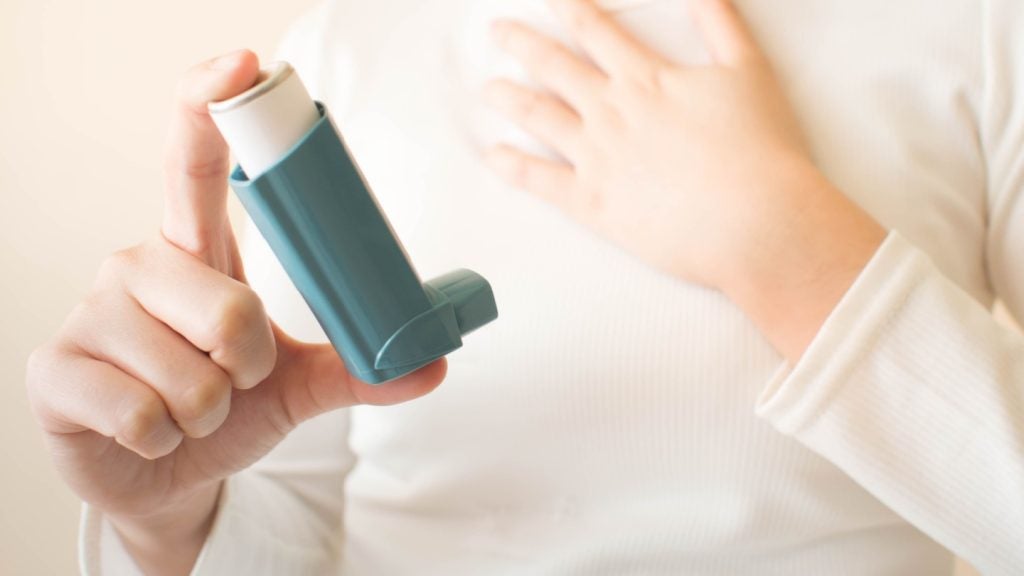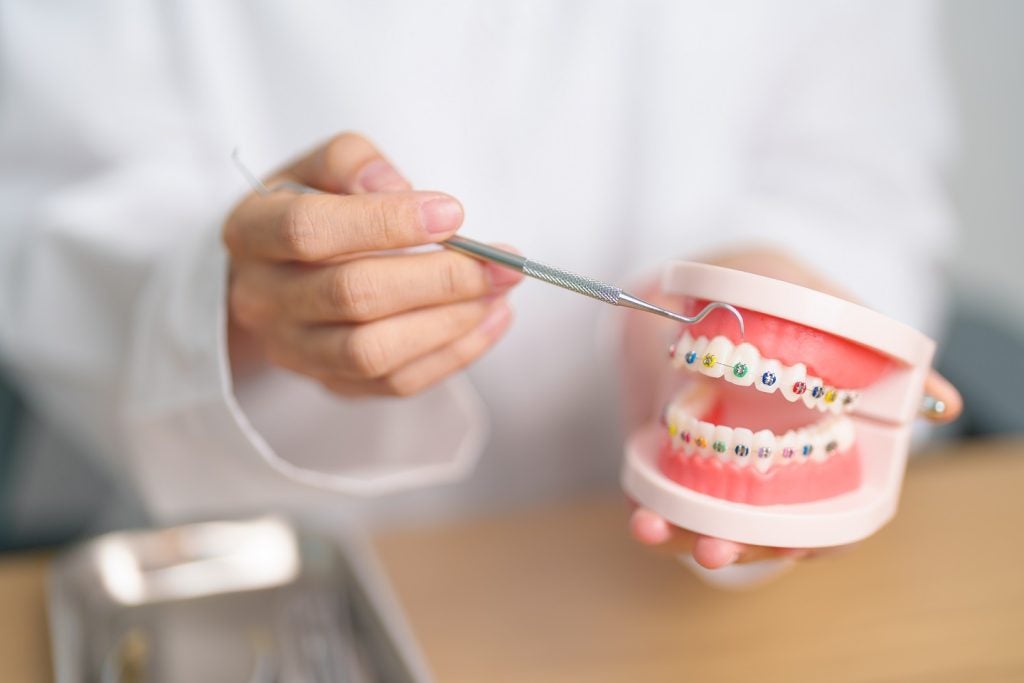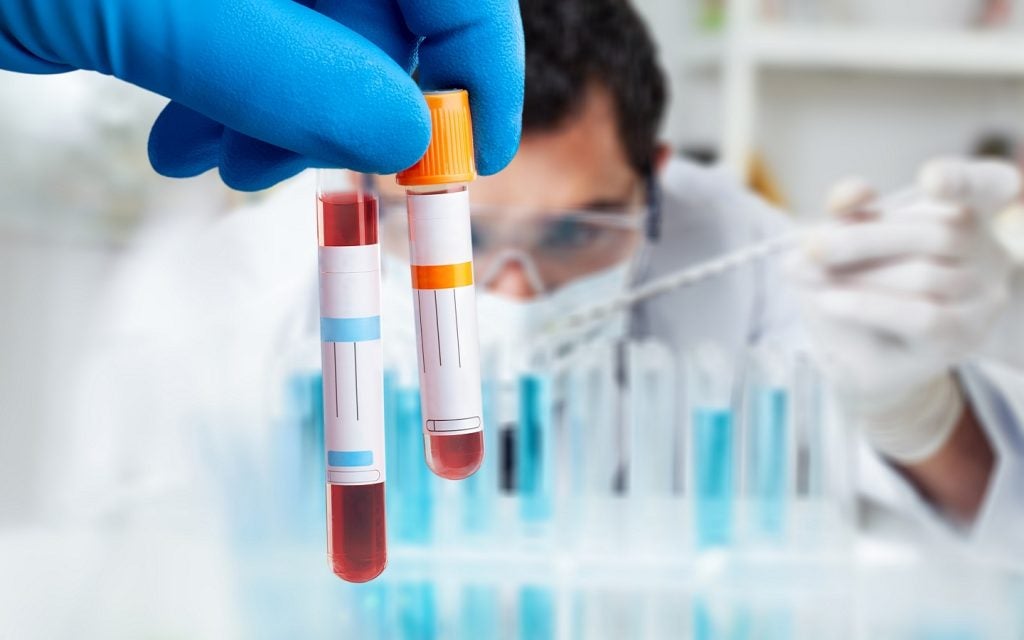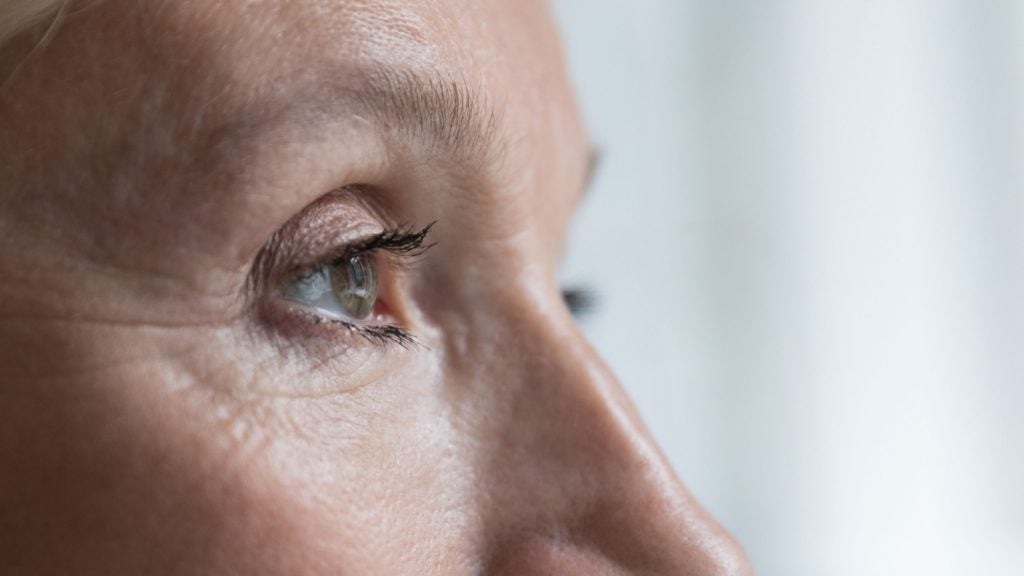TidalSense has received a £795,000 grant from the UK's Small Business Research Initiative (SBRI) Healthcare programme to support the continued development of its N-Tidal device for diagnosing asthma in young children.
N-Tidal measures the amount of carbon dioxide (CO₂) in a patient's breath during normal breathing using a CO₂ sensor, with AI algorithms then applied to analyse breath patterns as a means of diagnosing asthma.
Asthma is more traditionally diagnosed using a spirometry test that assesses an individual’s lung function. However, such a test is often challenging for children to perform due to the specific movements and inhalations required for adequate data capture.
TidalSense plans to launch its tool, which was successfully tested in a pilot research programme last year, demarcating the first phase of the company’s project, onto its AI medical device diagnostic platform. The company claims that once ready, N-Tidal will make diagnosing asthma in children easier and more accurate.
Last year’s pilot for N-Tidal was conducted in collaboration with the University of Nottingham and Nottingham University Hospitals National Health Service (NHS) Trust. The project, which was also funded by SBRI, successfully demonstrated the use of N-Tidal in healthy children and those with wheezing or paediatric asthma as young as five years old.
Asthma is the most common long-term condition among children and young people, according to the Royal College of Paediatrics and Child Health. Around one in 11 children and young people live with the chronic lung disease.
TidalSense CEO Dr Ameera Patel commented: “[Asthma is a] particularly difficult condition to diagnose in children because current diagnostic tools often require children to perform special breathing manoeuvres, which can be difficult for them to do."
Patel said that new diagnostic tools and pathways such as N-Tidal are easy for the patient to perform, with no requirement for complex medical analysis.
She added: “This means that the tests can be performed by generalist medical staff in primary care settings, making access to healthcare more easily accessible, and also more comfortable for the patient."
















